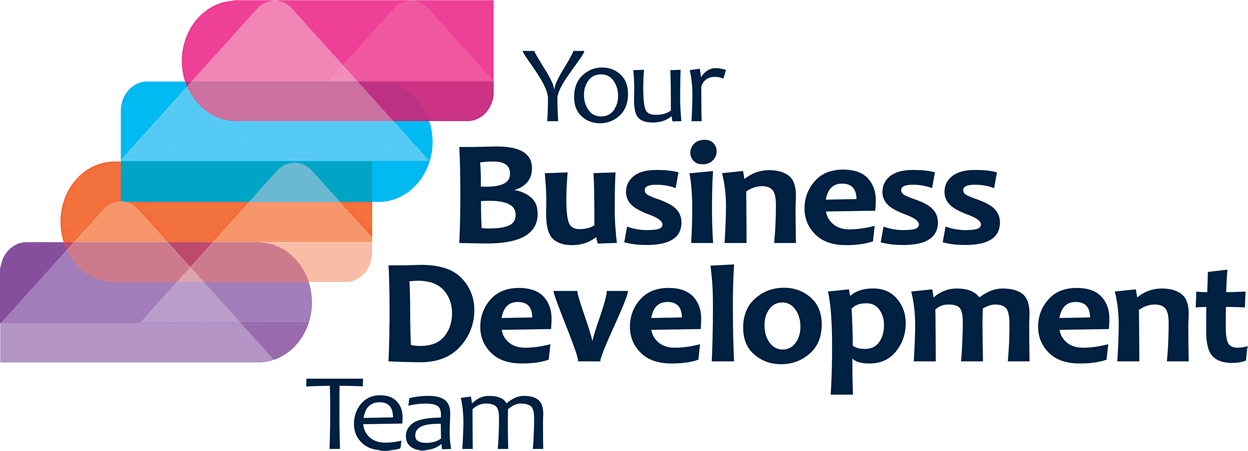When planning our marketing strategy, we should always stop and look at the process from the potential customer’s point of view. The way customers experience the buying journey has evolved significantly away from being simply a linear progress to decision making. It has become a dynamic process covering different touchpoints and channels. Understanding and catering to this journey is crucial for businesses looking to thrive in a competitive marketplace and needs to be a key consideration when planning your sales and marketing strategy.
The traditional stages of the buying journey are still very relevant, but each has a couple of new bends in the road.
Awareness
The buying journey starts when the customer becomes aware of a problem or need within their business. This often occurs through various triggers which can include personal experience, but increasingly awareness is prompted by marketing messages. So, at this point it is essential for businesses to create brand visibility and provide valuable content to capture the prospect’s attention. Content marketing, such as blog posts, social media content, and informative emails play a vital role in helping potential customers discover your brand and establish the business as a trusted source of information.
Consideration
Once the prospect is aware of their problem or need, they enter the consideration stage. They are gathering information, comparing products or services, and collecting insights from various sources. Businesses can influence customers during this stage by providing detailed product information, offering educational content, and showcasing the unique value their solutions provide. Testimonials, case studies, and comparison guides can be powerful tools in guiding customers toward your offerings.
Intent
As customers gather information and evaluate their options, they develop a clear intent to make a purchase. At this stage, they might be seeking specific details, such as pricing, warranty, or delivery options. They are ready to decide but usually need something that provides them with comfort that they have made the right choice. Providing transparent pricing, clear calls-to-action, and responsive customer support are good ways to encourage the buying decision.
Purchase
This is where the customer commits to the product or service, and you convert them to a sale. However, the journey doesn’t end here; it transforms into an opportunity for businesses to build on the one-time purchase and create a long-term client. The most important aspect of this stage is providing a seamless, positive buying experience for your customer.
Loyalty and Advocacy Stage
Customers who have had a positive experience with your brand can become loyal customers and advocates. They not only continue to buy from you but also recommend your products or services to others. Cultivating this loyalty is an ongoing process that involves maintaining high-quality products, exceptional customer service, and personalised communication.
Understanding the customer’s buying journey is essential for any business looking to build long-term business relationships. It’s no longer enough to focus solely on the purchase stage; you need to engage with customers at every step of their journey, from awareness to purchase and beyond. Working with YBDT to create a clear sales and marketing strategy will give you the overarching plan that touches each part of the customer journey. Using our team of experienced professionals to support your implementation of that plan will ensure that you have the best opportunity to convert prospects to loyal long-term clients. YBDT’s business development process has supported sustainable development for countless companies over the last decade and a half. Get in touch to book a discovery call today and book the call that starts your journey to growth.

